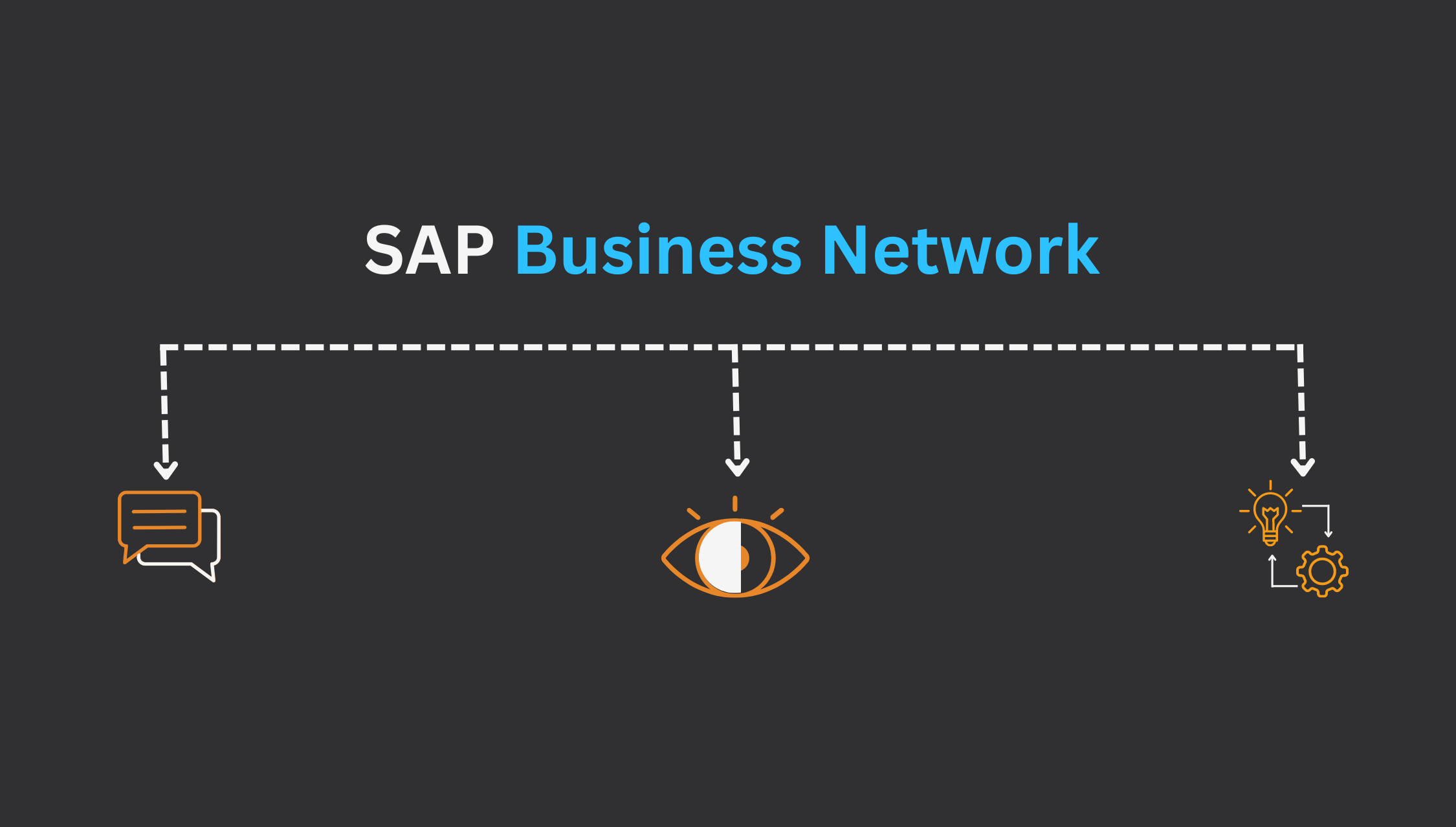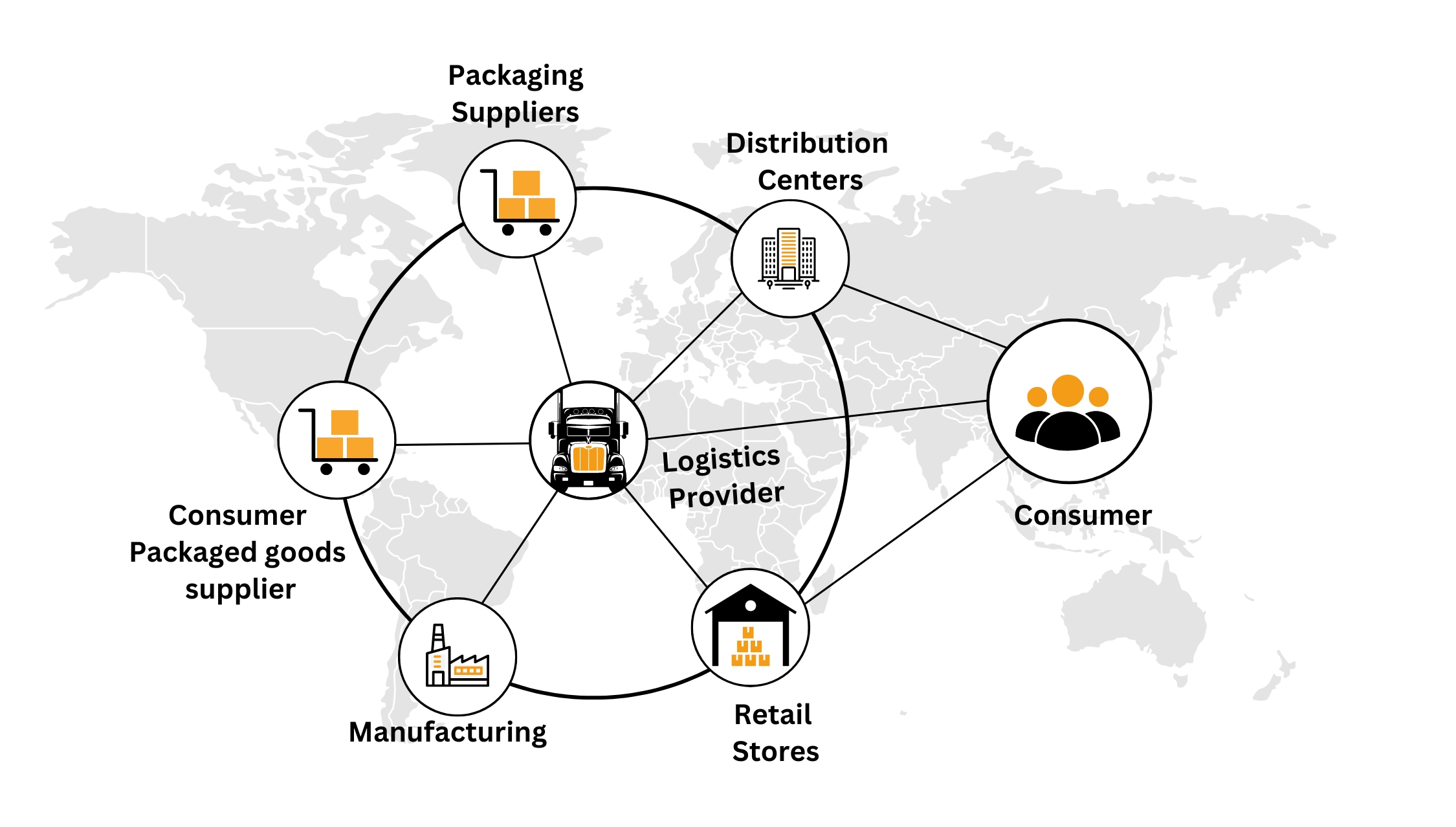
IS YOUR ENTERPRISE READY TO IMPLEMENT SAP BUSINESS ONE THE NEXT-GEN BUSINESS MANAGEMENT TOOL?
Over the past few years,
the world of commerce has changed drastically as a result of cities shutting down, factories being idle,
seaports becoming congested, and workers being quarantined. However, with the implementation of the latest
SAP Business One application, businesses have once again started booming and finding their
base.
The reasons for these headline news stories are unfortunately all too familiar: just as the pandemic
dies down in one area, it unfortunately pops back up in another. Russia’s invasion of Ukraine has put a
severe damper on exports from the two countries, hindering the trade of vital agricultural commodities.
With climate change affecting national energy policies, electric vehicle manufacturers have exhausted
traditional sources of lithium and other battery metals and are now sourcing them from Africa and Latin
America. The microchip shortage that started in Southeast Asia has completely changed the automotive
industry’s supply chain, which was previously focused on lean manufacturing (a method to reduce costs).
Now, the focus is on developing sourcing redundancies to ensure sales. Retailers have also experienced
prolonged volatility. In addition, war and inflation have caused energy markets to become unstable.
For example, Germany is seeking to reduce its reliance on imported natural gas. Its options are few
and entirely supply-driven. So too are the African nations seeking alternatives to wheat grown in Russia
or Ukraine, and the electric car manufacturers are looking for new ore to mine or recycle for power
storage. But the trend toward regionalization in supply chains goes deeper than commodities alone. The
availability of labor can also play a decisive role in reshaping supply chains and logistics patterns.
Cloud-based solutions like
SAP Business One that help manage the external workforce can supplement traditional sources of labor at
factories, ports, and carriers. Even as the pandemic subsides in many regions, labor market volatility remains
high. Therefore, it’s important for business leaders to have visibility across all aspects of the supply
chain—from raw materials to labor and everything in between—in order to shape more durable, more regional
supply chains.
As global supply chains realign into regional ones, businesses need the visibility and collaborative
capabilities that digital networks provide. Operational resilience is a measure of the ability of businesses
and their trading partners to jointly plan and execute as they manage changes in supply and demand.

SAP launched the world’s
largest business network last year with resilience and visibility in mind. This network brings together
procurement, supply chain, logistics, and asset management to create a unified, collaborative, and intelligent
space that helps customers adapt to changing market dynamics and future-proof their businesses. Trading
partners who use SAP Business Network for Procurement can enjoy process efficiencies, improved supply
assurance, and increased business process and regulatory compliance by increasing operational transparency.
SAP Business Network for Supply Chain and SAP Business One for Logistics help companies achieve supply
chain visibility and optimize capacity and inventory.
By collaborating with
shippers and carriers, sharing insights, and gaining transparency throughout the supply chain,
organizations can optimize logistics processes, increase on-time deliveries, and mitigate third-party
risk. SAP Business Network for Asset Management helps asset owners, operators, and service providers
strengthen collaboration by providing a single, consistent version of asset master data. This makes it
easier to streamline asset servicing processes and reduce maintenance costs.
The need for predictive analytics and transparency increases when supply chains fragment because, as
supply chains regionalize and sourcing options diminish, supply increasingly supersedes demand in shaping
procurement decisions and steering the logistical flow of business-to-business commerce.

Cloud-based networks that
link together the operational processes of trading partners not only provide visibility but also integrated
planning and execution capabilities. When buyers, suppliers, and logistics providers share accurate inventory
forecasts and business process data with each other in real time, they can create mutual value and plan ahead
with confidence, continuity, and enduring resilience.